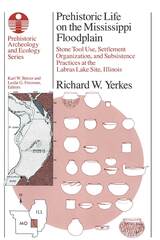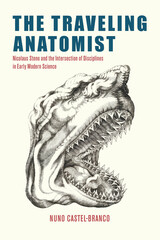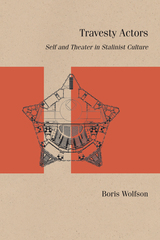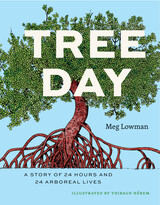2 books about Prehistoric Life

Prehistoric Life
Percy E. Raymond
Harvard University Press
The history of life through the five or six hundred million years of which fossils afford a record and before man appeared on the scene is recounted in this fascinating volume, which avoids, as far as possible, technical terms not commonly employed by the average reader. Professor Raymond traces the main lines from the invertebrates of the early Paleozoic through transition forms, partly invertebrate and partly vertebrate, in the Mid-Paleozoic, to the primitive amphibians and reptiles of the late Paleozoic and thence along to the rise of simple sorts of mammals in the early Mesozoic and in the Cenozoic. He also discusses organisms not in the main lines, such as the insects, which have followed paths that may ultimately lead to the control of the earth, and others, like the mighty dinosaurs, that have followed the route to extinction. He points out that all animals and plants are in a sense products of their environment and that all organisms that have ever lived have had their influence upon those now living. The tremendous story is told with the ease and mastery that mark the true expert, but it is also told with a charm not often found in scientific writing.
[more]

Prehistoric Life on the Mississippi Floodplain
Stone Tool Use, Settlement Organization, and Subsistence Practices at the Labras Lake Site, Illinois
Richard W. Yerkes
University of Chicago Press, 1987
At the confluence of the Illinois, the Missouri, and the Mississippi Rivers lies the "American Bottom," a broad floodplain that prehistoric peoples inhabited for millennia. Precisely how did they live? What were their ties to the natural world around them? In this study, based upon some six years of intensive archeological and geological research at Labras Lake in St. Clair County, Illinois, Richard W. Yerkes interprets a wealth of important new data in a stimulating and original fashion.
With a fine-tuned control of the data, Yerkes challenges prevailing theories based on simple classifications of stone tools according to shape or on simple models of diffuse and focal economies. He views environment as a dynamic factor in economic and cultural life, rather than as merely a backdrop to it. Using incident light microscopy, he examines wear patterns on stone tools to determine what activities were performed during each period the site was inhabited—the Late Archaic, the Late Woodland, and the Mississippian. As he documents environmental change at Labras Lake, he analyzes plant and animal remains in context to explore diet and seasonal patterns of subsistence and settlement.
The result is a more accurate and detailed picture than ever before what prehistoric life on the Mississippi floodplain was like. Yerkes shows how to assess the duration and size of occupations and how to determine where and when true permanent settlements arose. What others call "sedentary encampments" he reveals as sequences of small residental occupations for a narrow range of activities during shorter, seasonal periods. His contribution to the study of the development of sedentism is potentially far-reaching and will interest many North American anthropologists and archeologists.
With a fine-tuned control of the data, Yerkes challenges prevailing theories based on simple classifications of stone tools according to shape or on simple models of diffuse and focal economies. He views environment as a dynamic factor in economic and cultural life, rather than as merely a backdrop to it. Using incident light microscopy, he examines wear patterns on stone tools to determine what activities were performed during each period the site was inhabited—the Late Archaic, the Late Woodland, and the Mississippian. As he documents environmental change at Labras Lake, he analyzes plant and animal remains in context to explore diet and seasonal patterns of subsistence and settlement.
The result is a more accurate and detailed picture than ever before what prehistoric life on the Mississippi floodplain was like. Yerkes shows how to assess the duration and size of occupations and how to determine where and when true permanent settlements arose. What others call "sedentary encampments" he reveals as sequences of small residental occupations for a narrow range of activities during shorter, seasonal periods. His contribution to the study of the development of sedentism is potentially far-reaching and will interest many North American anthropologists and archeologists.
[more]
READERS
Browse our collection.
PUBLISHERS
See BiblioVault's publisher services.
STUDENT SERVICES
Files for college accessibility offices.
UChicago Accessibility Resources
home | accessibility | search | about | contact us
BiblioVault ® 2001 - 2025
The University of Chicago Press









